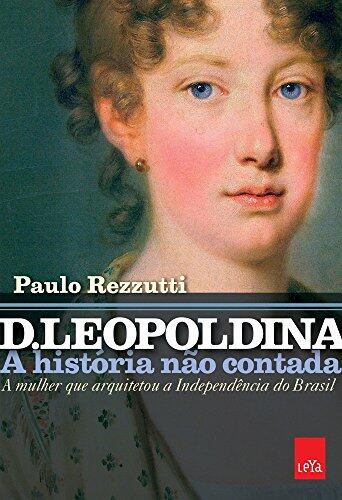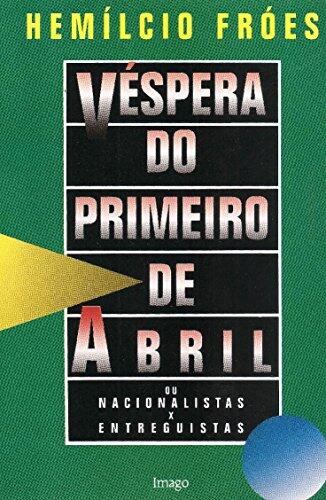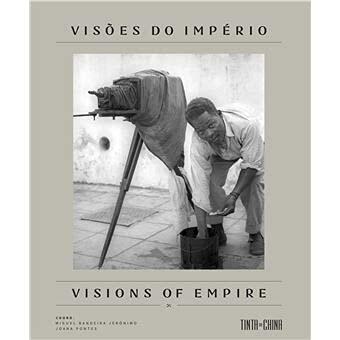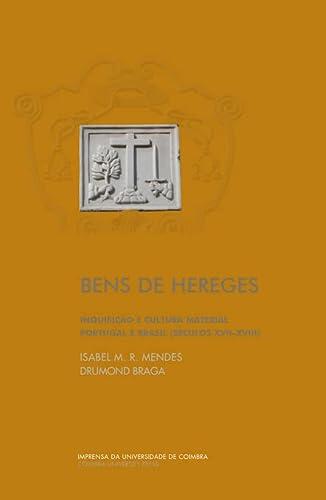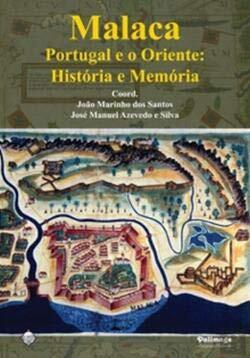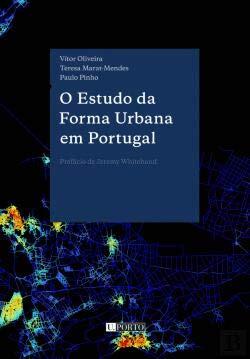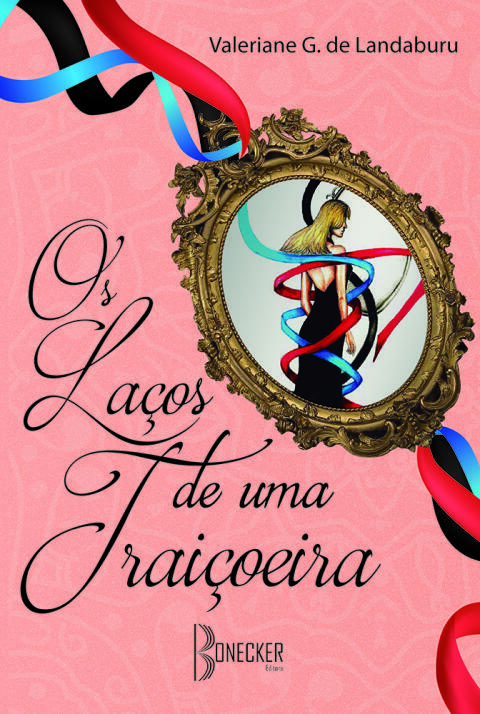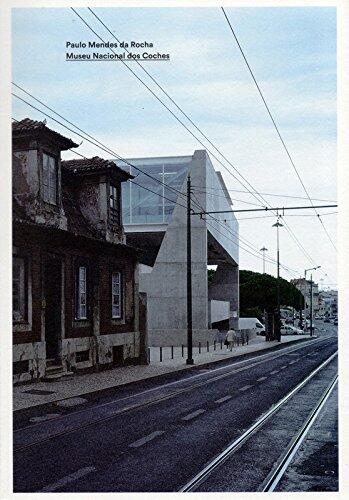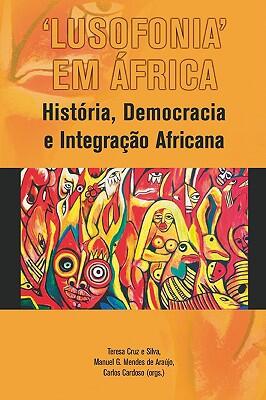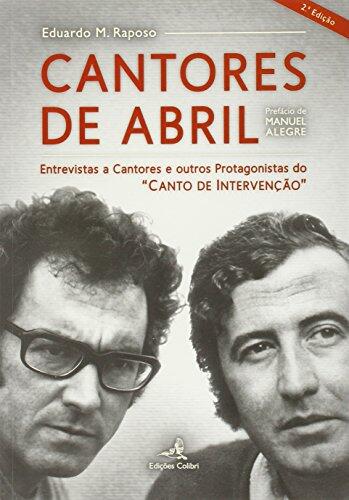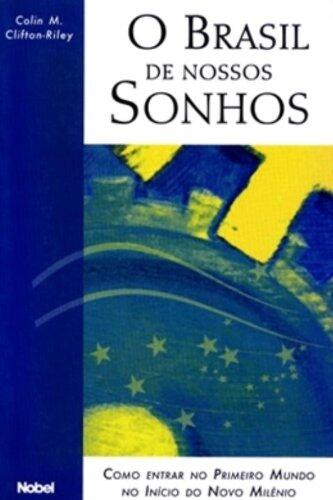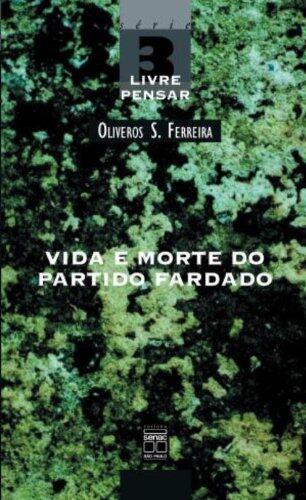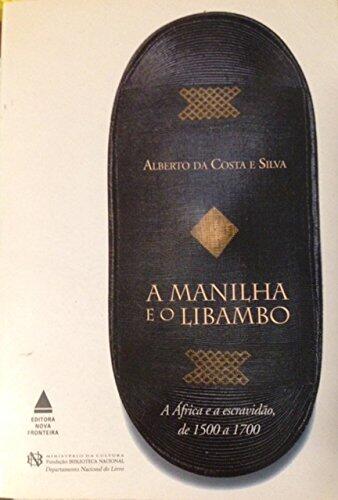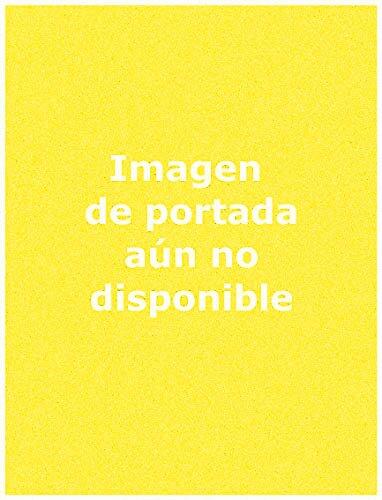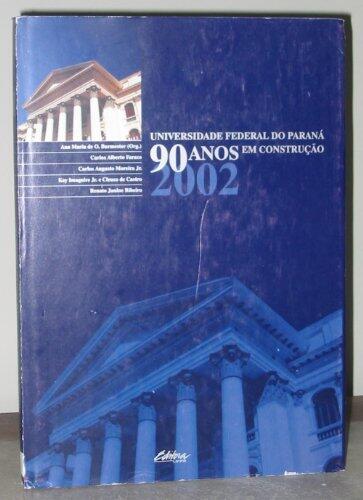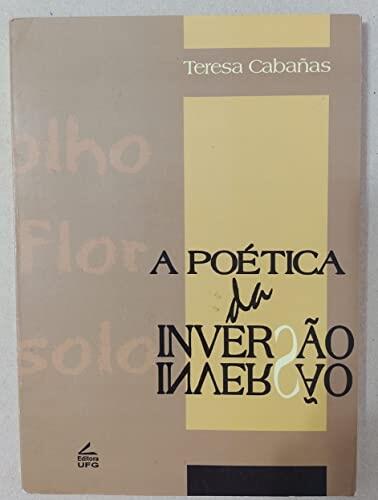
A poética da inversão: Representação e simulacro na poesia concreta
によって
Teresa Cabañas M.
まだ評価がありません
History
Poetry
形式
ペーパーバック
ページ数
151
言語
ポルトガル語
公開されました
Jan 1, 2000
出版社
Editora UFG
ISBN-10
8572741550
ISBN-13
9788572741552
説明
This exploration delves into the intriguing world of Concrete Poetry, where language transforms into visual artistry. Teresa Cabañas M. meticulously examines the relationship between representation and simulacrum, offering readers a profound understanding of how meaning is constructed in this avant-garde movement. By scrutinizing the nuances of Concrete Poetry, readers are encouraged to contemplate the boundaries between text and image, revealing the complexities inherent in poetic expression.
Cabañas draws upon a rich tapestry of examples, seamlessly blending theoretical perspectives with practical analysis. Each chapter invites readers to engage with the work of pioneering poets, uncovering the innovative techniques that define their creations. The intricate interplay of form and content serves as a catalyst for deeper reflection on the nature of language itself.
As the narrative unfolds, the author captures the essence of how Concrete Poetry invites participation, challenging traditional notions of authorship and interpretation. Readers are compelled to consider their own roles within this artistic dialogue, as they navigate through the blurred lines between reality and representation.
Ultimately, this examination stands as a tribute to the transformative power of language and its capacity to transcend conventional meanings. Through Cabañas' insightful analysis, one is left with a lingering appreciation for the artistic potential of language, encouraging a fresh perspective on the act of reading and engaging with poetry.
Cabañas draws upon a rich tapestry of examples, seamlessly blending theoretical perspectives with practical analysis. Each chapter invites readers to engage with the work of pioneering poets, uncovering the innovative techniques that define their creations. The intricate interplay of form and content serves as a catalyst for deeper reflection on the nature of language itself.
As the narrative unfolds, the author captures the essence of how Concrete Poetry invites participation, challenging traditional notions of authorship and interpretation. Readers are compelled to consider their own roles within this artistic dialogue, as they navigate through the blurred lines between reality and representation.
Ultimately, this examination stands as a tribute to the transformative power of language and its capacity to transcend conventional meanings. Through Cabañas' insightful analysis, one is left with a lingering appreciation for the artistic potential of language, encouraging a fresh perspective on the act of reading and engaging with poetry.
